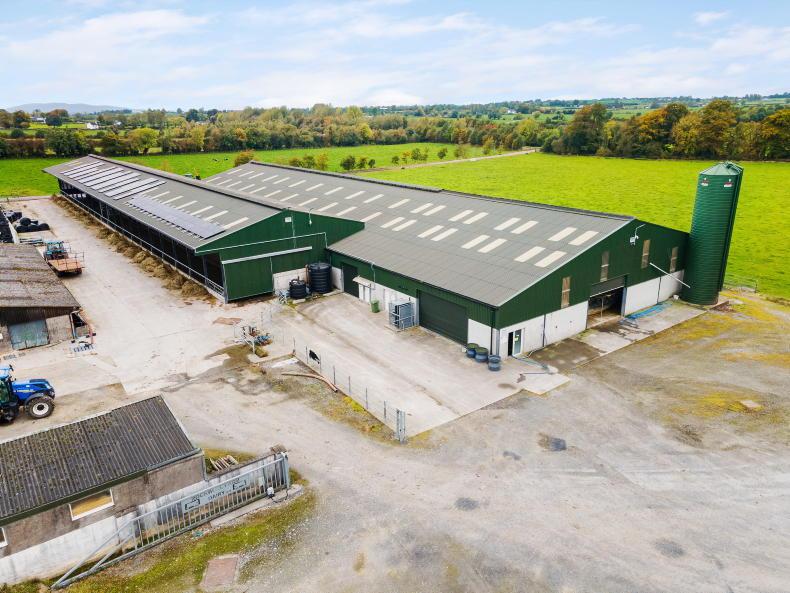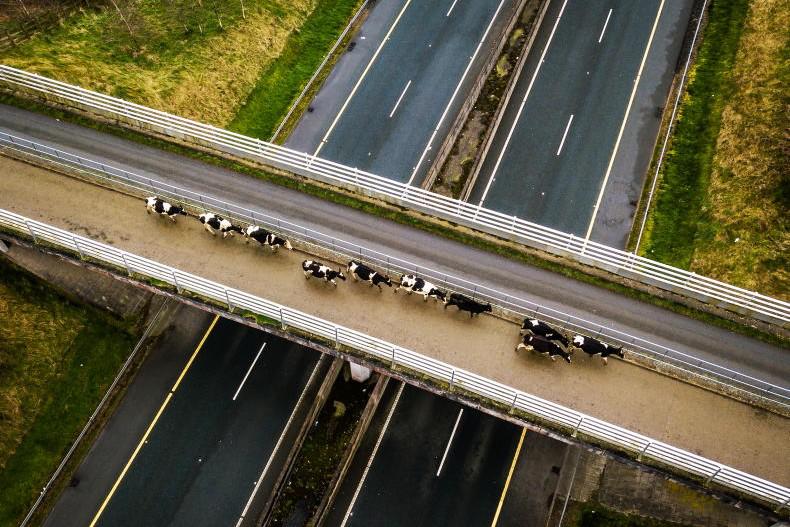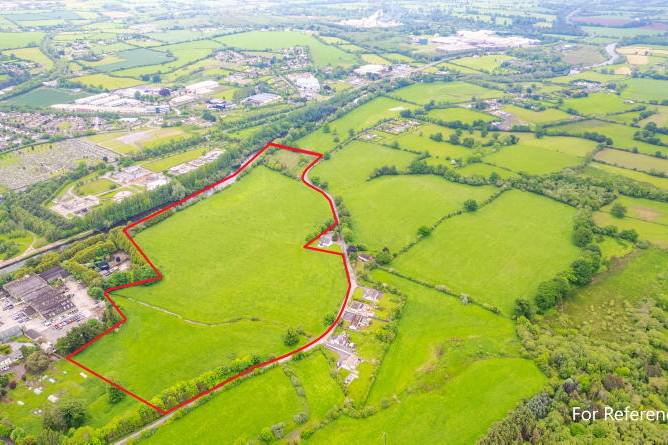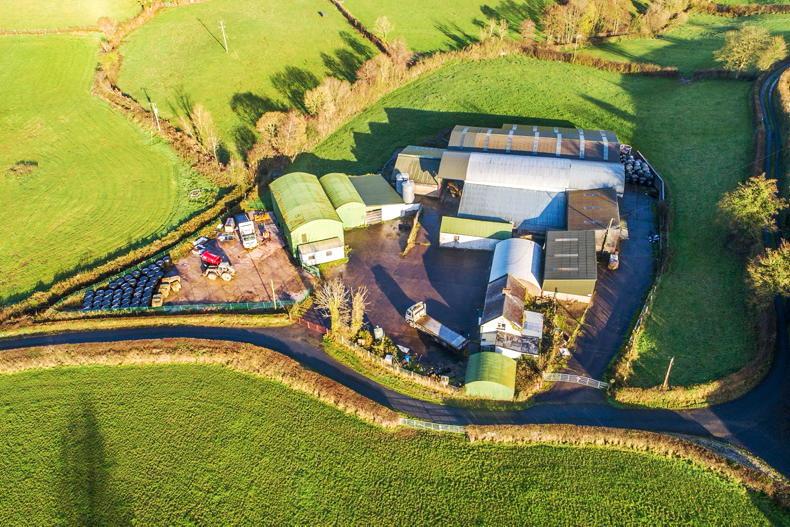A few weeks ago, Paul Mooney published the Irish Farmers Journal’s annual land prices report. It always makes for fascinating reading. His report prompted a few questions.
First, how have land prices fared relative to residential property prices since the 2008 recession, and other asset prices, such as, long-term Government bonds? Second, what’s been happening to the “cap” value of farmland? Third, how do current land prices stack up against farming returns?
Thanks to Andy Doyle, I was able to look at the Irish Farmers Journal’s land price series going back to 2007. It’s hard to believe today that, in 2007, the average price of land per acre was close to a massive €28,000. By 2010, the price had tumbled to €8,700, or a decline of almost 70% over the four years.
Between 2010 and 2019, prices have bobbed around the €9,000 mark. In 2020, average prices jumped by about 15% and by the same rate again in 2021, before stabilising last year. By all accounts they’re well up again this year.
Residential property prices fell steadily from 2007 to 2013 but, unlike land, they’ve risen consistently each year since. By last year, house prices had regained their pre-recession levels.
Half of 2007 levels
Contrast this with land prices, whereby, last year they had only achieved about half of their 2007 levels. But it could be said that 2007 prices greatly overvalued agricultural land.
However, prices had been growing steadily since their slump in 2003. In 2007, prices increased by about 20%, so let’s assume an overshoot of 15%.
Even with this assumption, prices last year would still be well shy of their 2007 levels.
But while comparing land prices with house prices is interesting, the latter is not the most relevant comparator. A better alternative asset would be long-term Government bonds.
The purchase of land, like investment in Government stock, is an investment for the very long term.
Over the last 50 years or so, 10-year Government bonds, adjusted for inflation, averaged about 1.9%. It’s noteworthy, however, that since 2014 real bond rates have declined dramatically to well below 1%. That brings us to the elusive question as to the capitalisation or “cap” rate for agricultural land. Excluding considerations of income tax or other capital expenses associated with the purchase of land, the “cap” rate is the ratio of the net operating income (NOI) to the price of land. In other words, it’s the rate of return from farmland.
The inverse of the return tells us the multiples of NOI that is equivalent to farmland. For example, if the rate of return were 5%, the price of land would be 20 times the annual NOI.
Long term
Over the very long term, a reasonable proxy for the NOI would be the rental value.
Fortunately, we have information on both land prices and rentals going back over 50 years from the Smith-Harrington data which Teagasc reproduced in a recent land prices report published jointly with the Society of Chartered Surveyors of Ireland.
Expected net margin into the future will depend on the likely future evolution of product and input prices
Over the last 50 years, the “cap” averages at about 3.2%. This is a relatively low return but it’s significantly higher than long-term bond yields and substantially less volatile. It’s interesting to note that the rate averaged around 5% from 1970 up to the mid-1990s before falling to about 2% from then until around now.
Returns
And while low in recent years, returns have still been substantially ahead of the real yield from long-term bonds.
Farmers will value farmland for a lot of reasons and individual circumstances will vary enormously. But central in the evaluation has to be a consideration for the expected returns from land. As a rule of thumb, an expected return of 5% to 6% would seem reasonable. A benchmark land price could then be considered as a 20 to 16 multiple of expected net margin (NM) per acre.
Expected net margin into the future will depend on the likely future evolution of product and input prices but, crucially, on the efficiency of the farmer who is contemplating the purchase.
A crude estimate of expected NM would be the average NM achieved over, say, the last five years. Taking dairying for illustrative purposes, the wise and cautious investor would be likely to discount the returns generated over the last couple of years as being exceptional.
Taking the 2019 average NM/acre, which was the lowest obtained over the last five years, as a guide for future expected values, would put a benchmark land price at between €8,000 and €10,000.










SHARING OPTIONS